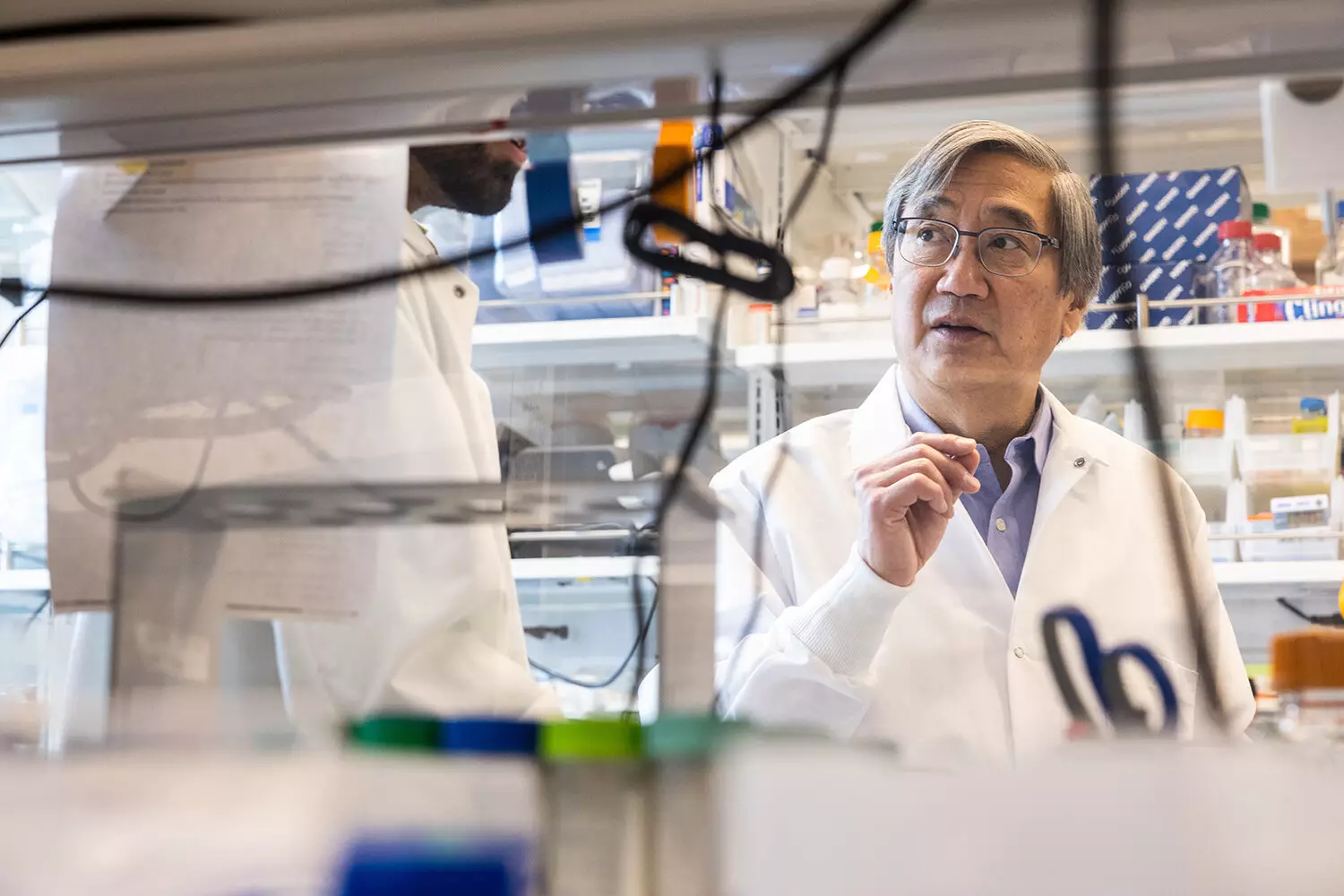Proteins play a critical role in various biological functions, from muscle contraction to immune response. Scientists have long been exploring ways to engineer better proteins, such as antibodies, by mutating amino acids to enhance their functions. However, the vast number of possible amino acid sequences poses a significant challenge in finding the best protein for a specific purpose.
Recently, Stanford scientists introduced a groundbreaking method that combines machine learning and protein structure to predict molecular changes that can lead to improved antibody drugs more quickly and accurately. This approach, published in Science, involves integrating the 3D structure of the protein backbone with large language models based on amino acid sequences. This innovative technique enables researchers to identify rare and desirable mutations in minutes, which would otherwise require extensive and costly experiments.
Led by Peter S. Kim and Brian Hie, the team demonstrated the effectiveness of their approach by enhancing a previously discontinued SARS-CoV-2 antibody, resulting in a 25-fold improvement against the virus. Unlike traditional methods that rely on trial-and-error testing of millions of amino acid sequences, the new approach leverages advanced machine learning algorithms trained on millions of protein sequences to predict beneficial mutations accurately.
One of the key insights of this study is the emphasis on protein structure in predicting the effectiveness of mutations. By considering the 3D shape of the protein, the researchers were able to narrow down the list of potential mutations to those that would preserve the protein’s structure. This structural-guided approach proved to be significantly more effective than purely sequence-based models, with a 25-fold increase in effectiveness observed in the SARS-CoV-2 antibody therapy.
The integration of protein structure into machine learning models has the potential to revolutionize drug development by accelerating the process of designing more effective medicines. By leveraging the relationship between structure and function, researchers can identify promising drug candidates more efficiently, leading to improved treatments for a wide range of diseases.
Future Outlook
The success of this new approach highlights the power of machine learning in democratizing the process of protein engineering. As the team continues to refine their model and make it freely available to the scientific community, we can expect to see further advancements in the field of drug development. By harnessing the potential of deep learning algorithms, researchers can unlock new possibilities in creating tailored and effective protein-based therapies for various medical conditions.
Overall, the integration of machine learning and protein structure offers a promising avenue for accelerating the discovery and optimization of novel drug candidates. This innovative approach has the potential to transform the field of protein engineering and pave the way for more efficient and effective drug development processes in the future.


Leave a Reply